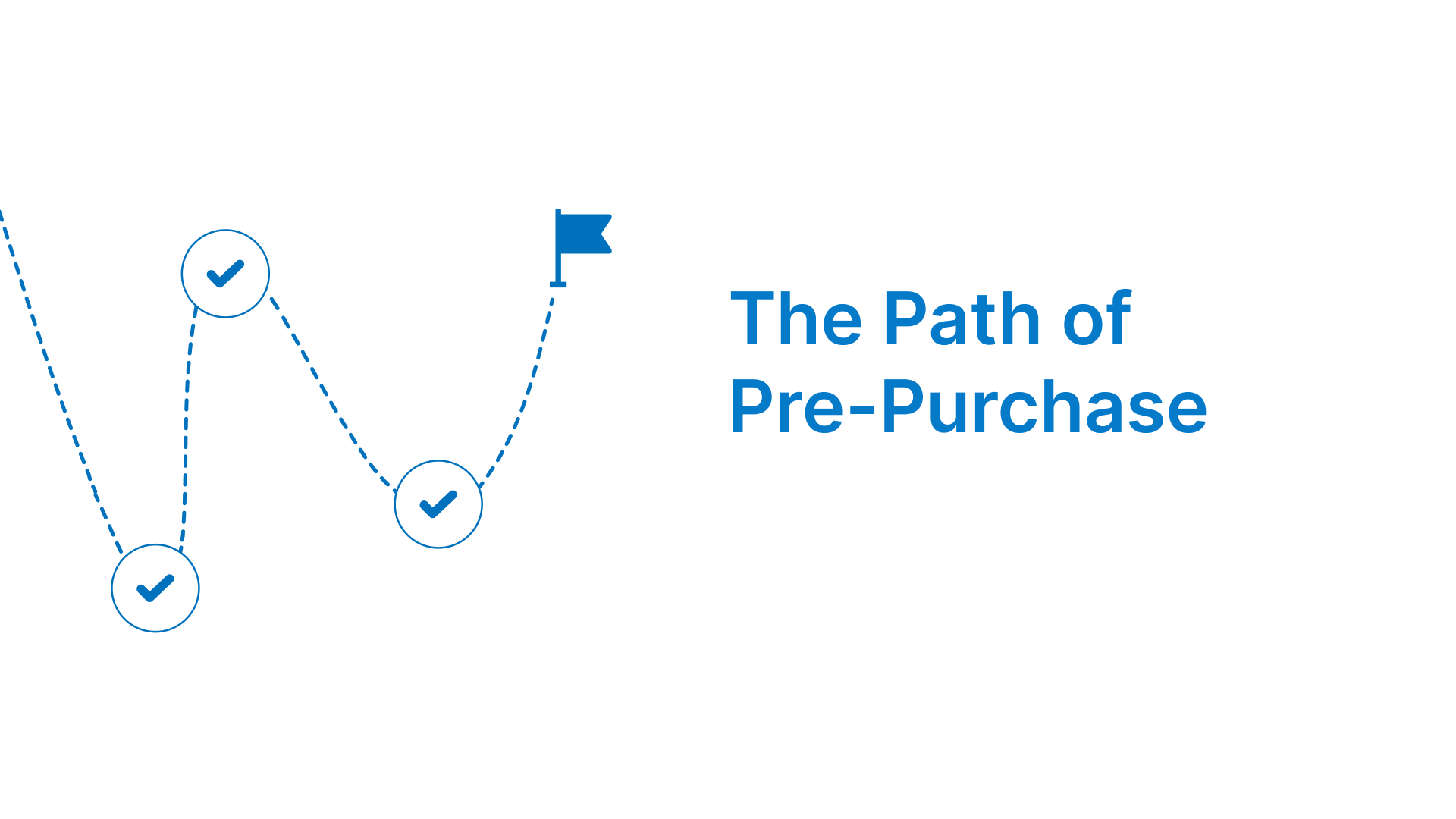The world of shopping has changed a lot, it's safe to say that options to choose from are more than a person can sanely choose from. Before we make the purchase, we go on a journey to decide whether the product is right for us. The journey is called Pre-Purchase, and it's all about discovering products, understanding options, finding information, and making smart choices.
This article will guide we through this journey, with a special look at how people shop in India.
Index
- Our Journey to a Smart Purchase
1.1. How it Begins
1.2. Our Steps: Finding the Hidden - Navigating the Information Highway
2.1. The Online World: Our Research Hub
2.2. Information Overload: Too Much of a Good Thing? - Building Trust in Products
3.1. Power of Validation: Reviews and Recommendations
3.2. Quest for Transparency: Why Trust Matters - Technology as Our Shopping Sidekick
4.1. AI-ML Helps We Decide
4.2. Trying Things Out Virtually: New Ways to Explore - Shopping Everywhere: The Omnichannel Life
- Insights from India: A Unique Shopping Style
6.1. The Local Connect: Why "Made in India" Matters
6.2. Family and Friends: Our Trusted Advisors - Conclusion: Being a Smart Consumer
1. Our Journey to a Smart Purchase
1.1. How it Begins
Every time we think about getting something new, we start our pre-purchase journey, which begins when we realize a clear need or desire. Maybe our old phone is slow, or we want a new kitchen gadget. The moment of realizing a "need" or "want" is the first step, it's when our mind starts looking for solutions.
1.2. Our Steps: Finding the Hidden
Once we acknowledge our need, we begin looking for options and details. We might ask friends, visit stores, or search online. This research helps us learn about the available options in the market. For example, if we need a new air conditioner, we'll look into different brands, products and features, then we'll gather facts to help us choose wisely.
2. Navigating the Information Highway
2.1. The Online Universe: Our Research Hub
The internet is like a giant, but highly fragmented, library of product information, from where most people, about 81% worldwide, start their research. They use search engines to find products and their reviews. In India, people frequently use their smartphones even while in stores to compare products. This shows how much people rely on online information, whether they're at home or out shopping.
2.2. Information Overload: Too Much of a Good Thing?
The old proverb "Too much of anything is bad" is valid for information as well, commonly called Information Overload. With Product Information, it can make us feel stressed or unsure about what to pick. In India, research has shown that 88% of consumers stop a pre-purchase journey because there were too many choices or ads. It's like trying to drink from a firehose—too much water makes it hard to get a sip. This makes it crucial to find ways to simplify our search and research.
3. Building Trust in Products
3.1. Power of Validation: Reviews and Recommendations
When trying to decide, what other people suggest, through online reviews and recommendations are powerful. Studies show that over 90% of Indian consumers read online reviews before deciding. About 70% of them trust these reviews as much as an advice from a friend. This means the experience of other customers can influence our choice as well.
3.2. Quest for Transparency: Why Trust Matters
Beyond what a product does, we want to trust the company that makes it, which means looking for authenticity and transparency. A trusted brand is often honest about its practices and values. We might even choose a product because we know the company is environmentally friendly or supports fair labor. Building this kind of trust makes us feel more confident about our decision.
4. Technology as Our Shopping Sidekick
4.1. AI-ML Helps Us Decide
Artificial Intelligence (AI) and Machine Learning (ML) has become a helpful tool in our shopping journey. AI-ML can act like a smart assistant, guiding us through options and vast amounts of information. It can suggest products that fit our needs and even preferences. In India, people are highly open to use this technology: about 82% of Indian consumers are willing to use AI-ML to help them choose better.
4.2. Trying Things Out Virtually: New Ways to Explore
Imagine trying a product without actually having it in our hands. Technologies like Augmented Reality (AR) and Virtual Reality (VR) allow us to do just that. For instance, we could use an AR app to see how a new sofa looks in our living room even before we purchase it. These tools help us experience a product holistically, which can make us feel confident in our decision. It's like having a sneak peek before we commit.
5. Shopping Everywhere: The Omnichannel Life
We don't just shop in one place anymore. We might see a product in a store, look it up on our phone, and then read reviews on our computer, this is Omnichannel Shopping. It means we move smoothly between different ways of researching. In India, about 74% of consumers shop this way. This shows that the shopping journey involves many different steps and platforms, all connected to help us make an informed decision.
6. Insights from India: A Unique Shopping Style
6.1. The Local Connect: Why "Made in India" Matters
For many in India, there's a special connection to local products. When we see something "Made in India," it might feel more trustworthy or suitable for our needs. A study from Mintel showed that 45% of Indian consumers prefer local food and beverage brands over international ones. This is often because local brands are seen as offering better value or understanding local tastes. Our choice can also support local businesses and communities.
6.2. Family and Friends: Our Trusted Advisors
In India, advice from family and friends is crucial. Before we choose something, we talk to our parents, siblings, or close friends. Their experiences and opinions can influence our decision. This tradition of relying on trusted people within our social circle means that word-of-mouth recommendations often carry a lot of weight. It's a personal touch in our journey to find the right product.
7. Conclusion: Being a Smart Consumer
The journey of choosing the right product is more involved than ever. We have more information and more tools and technologies than ever before. The key is to be a smart consumer, who actively looks for information, carefully checking what others say, and using technology wisely. By understanding our needs and exploring all our options carefully, we can make choices that truly satisfying.
Sources:
- Accenture. (2024). The Empowered Consumer
- Capgemini. (2025). Top consumer trends in 2025 and actionable insights for brands and retailers
- Famepilot. (2024). Do Online Reviews Really Influence Customer Decisions in India?
- Invesp. (2025, Jan). Augmented Reality in E-commerce – Statistics and Trends
- Mintel. (2023). Localism: Indian brands outperformed imported brands among consumers across categories
- PwC. (2023). Global Consumer Insights Pulse Survey: India perspective
- PwC. (2024). Voice of the Consumer Survey 2024: India Perspective

